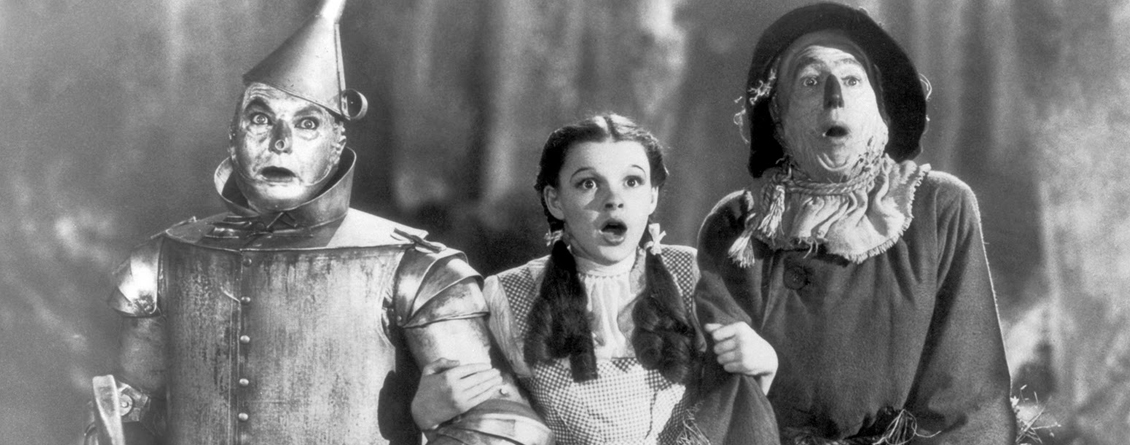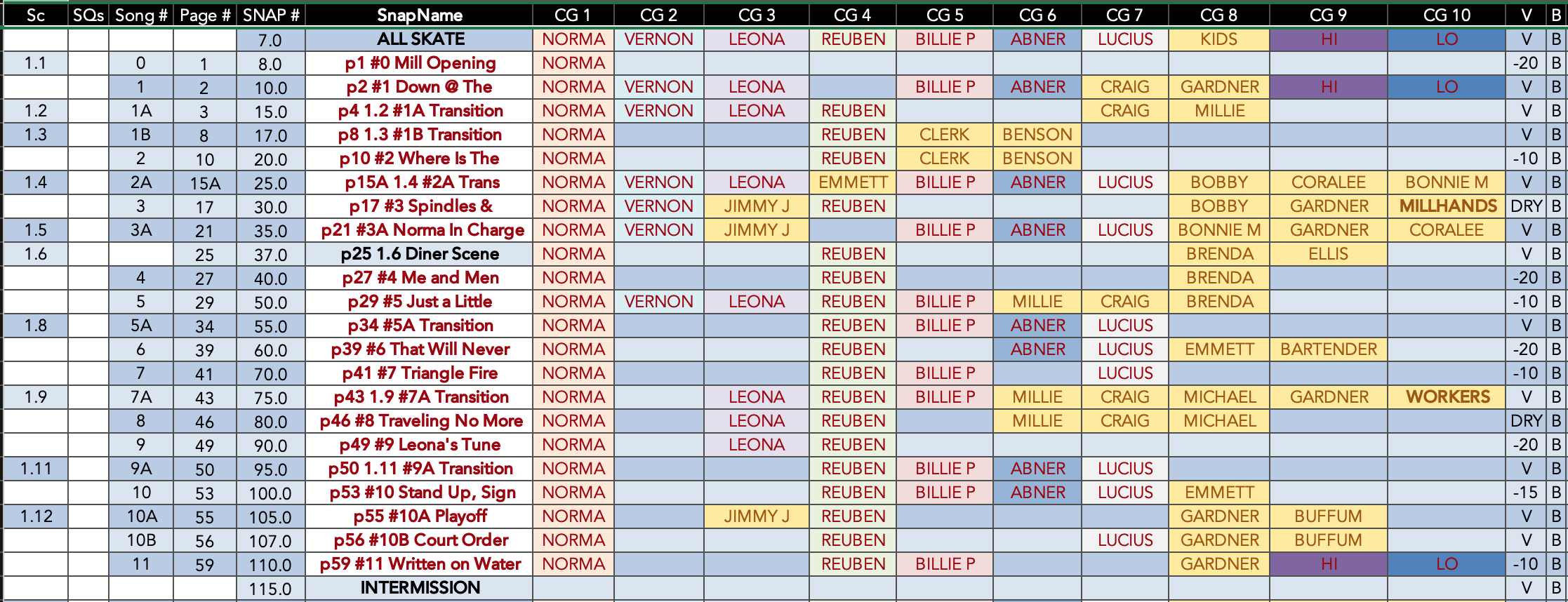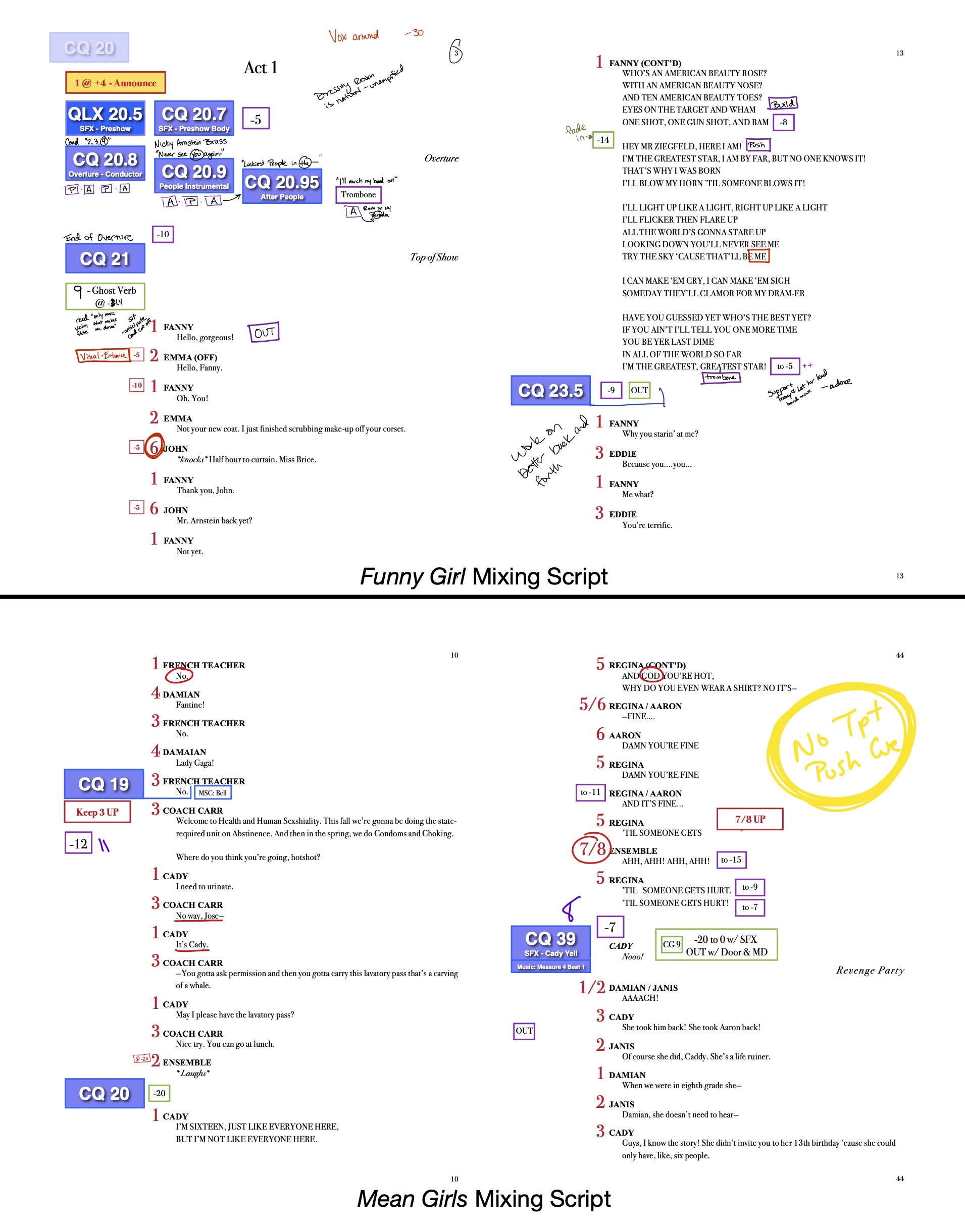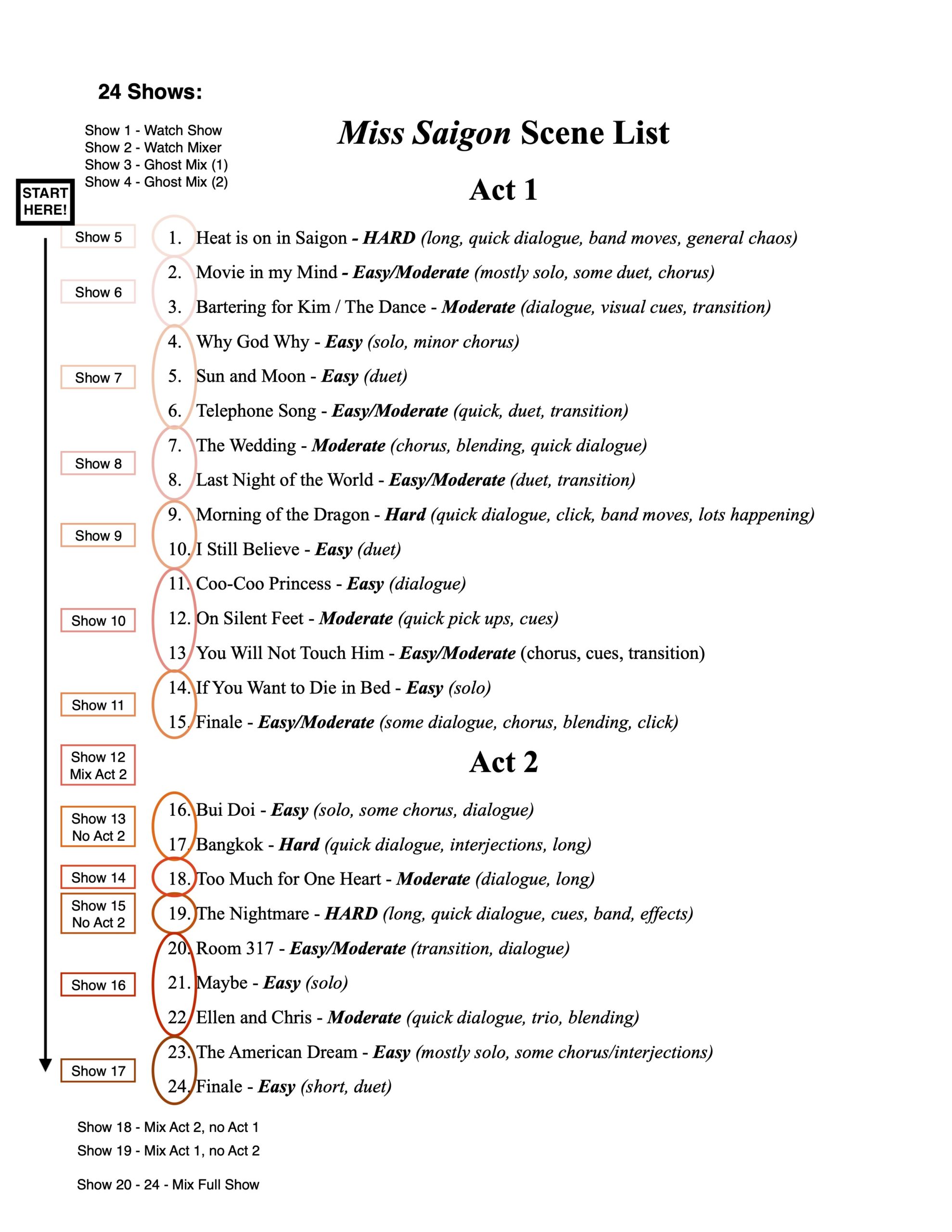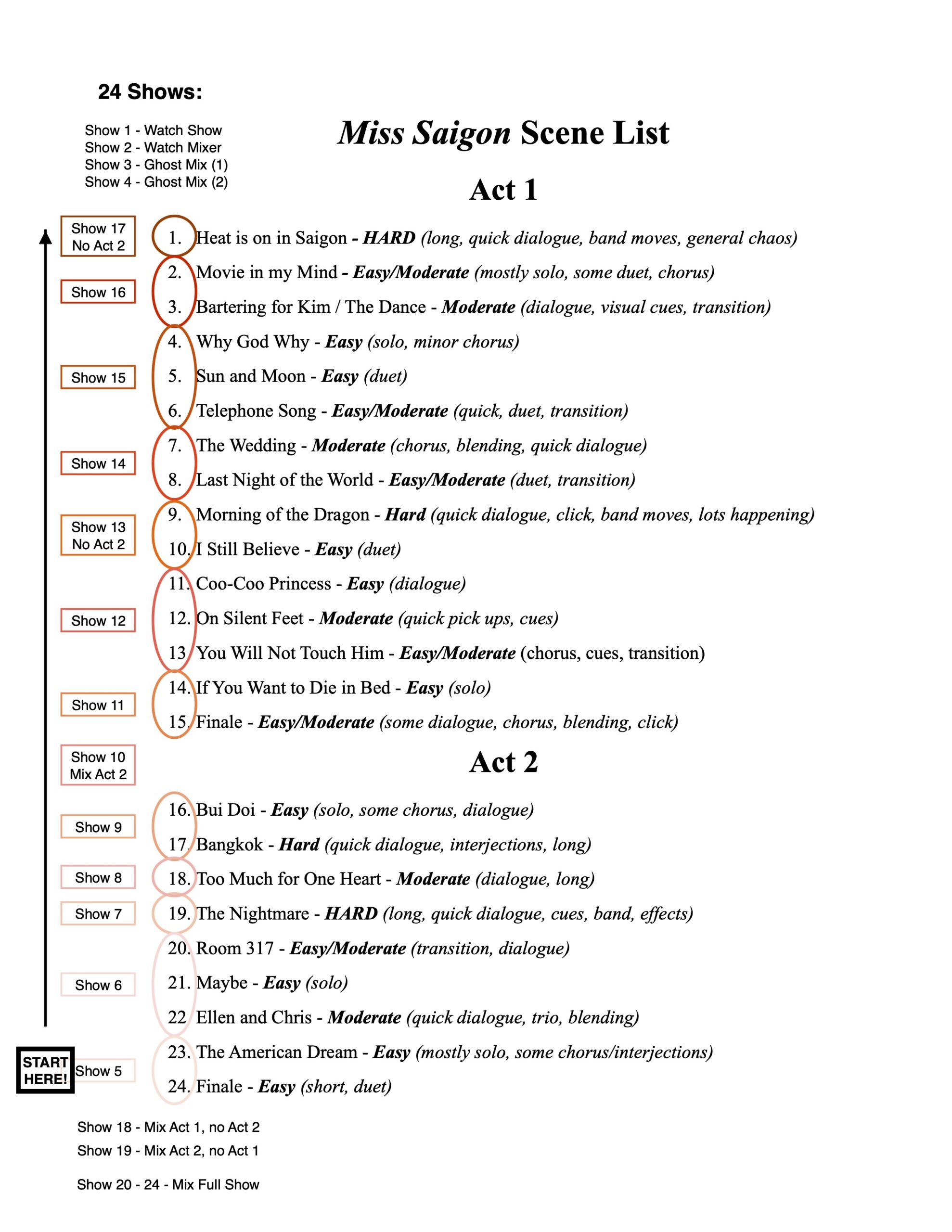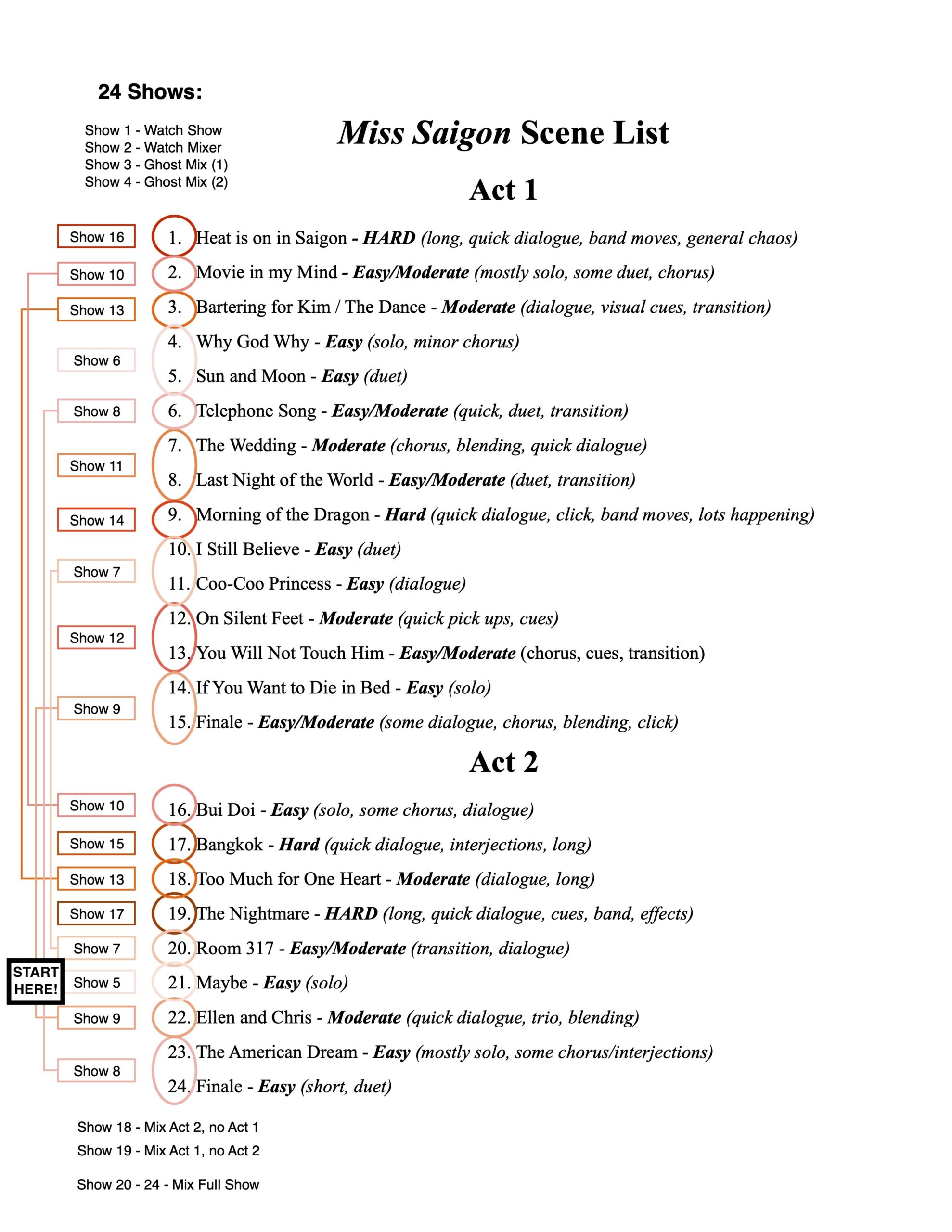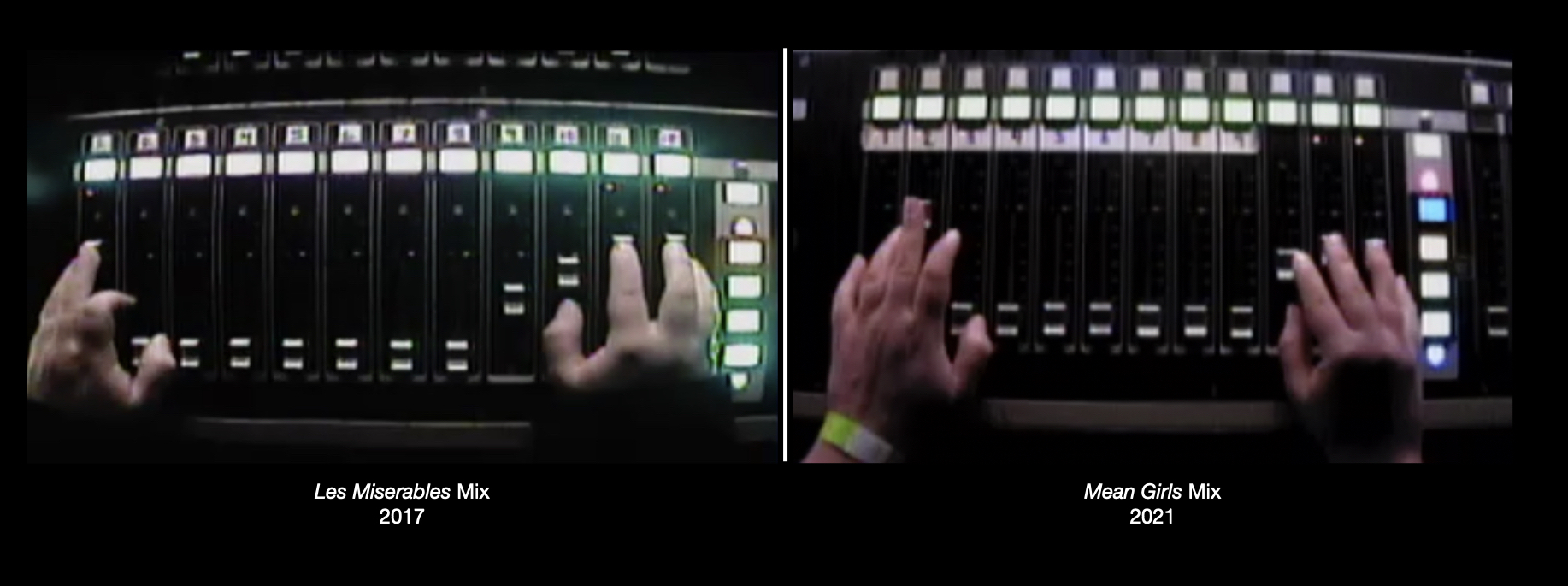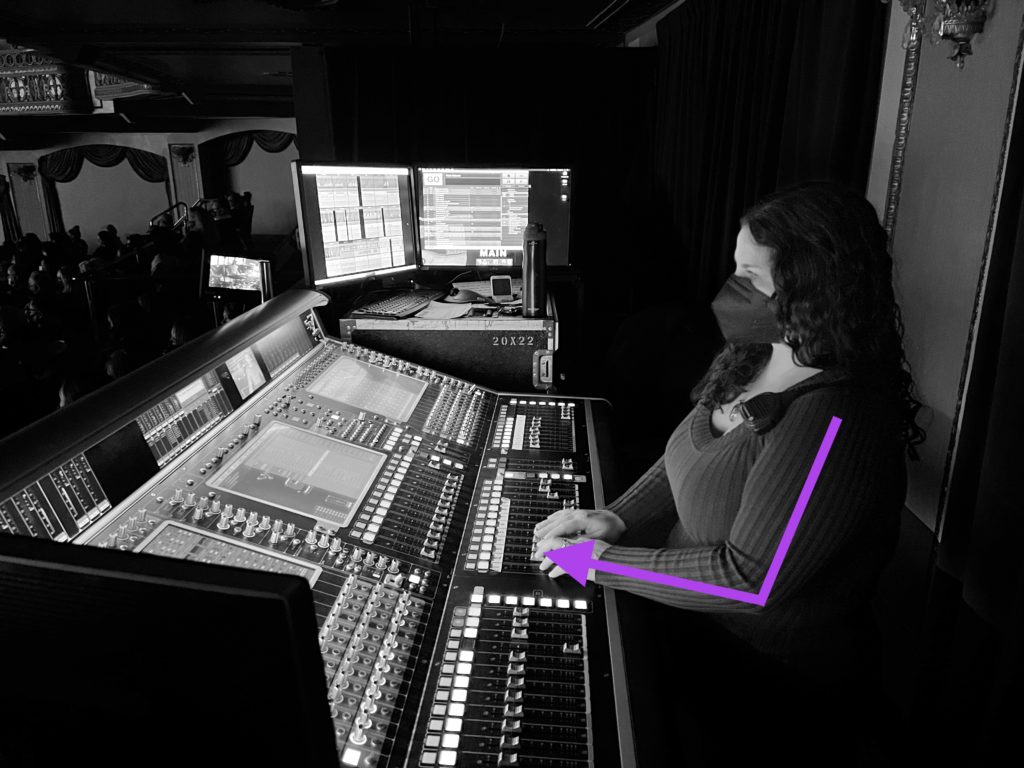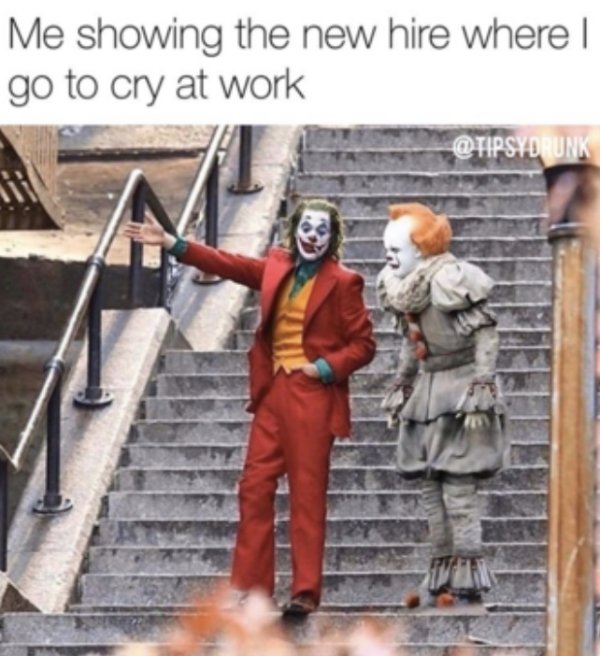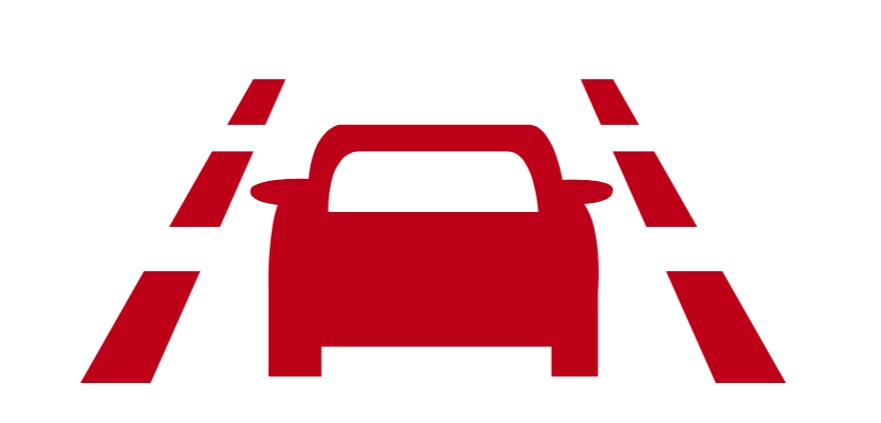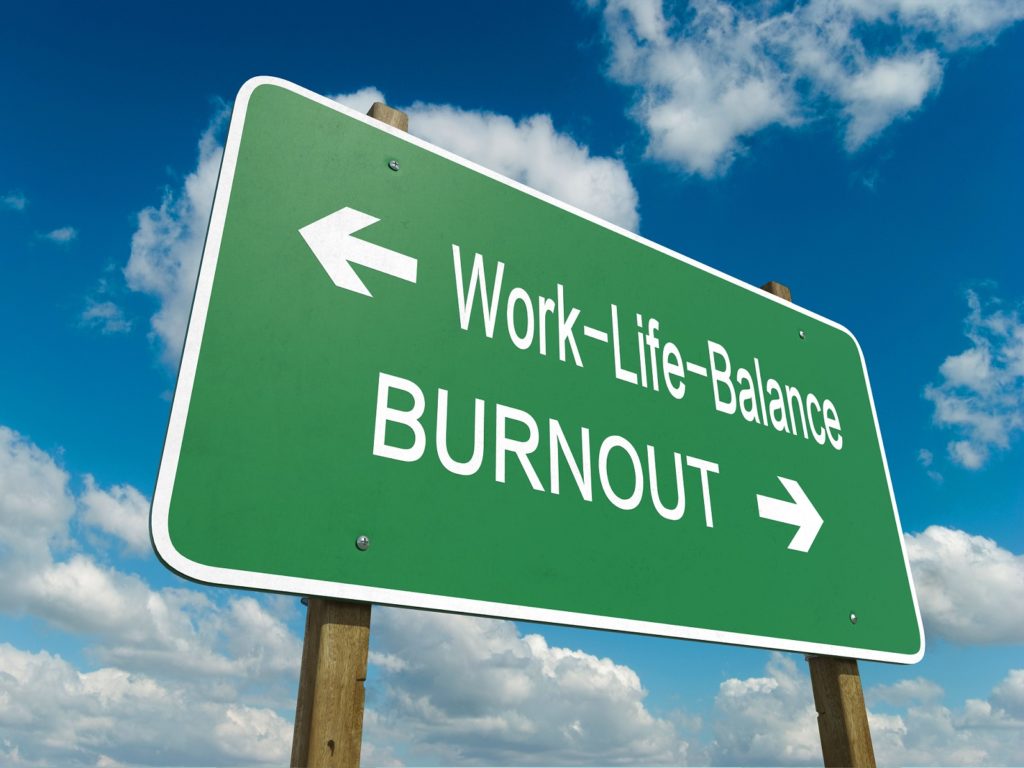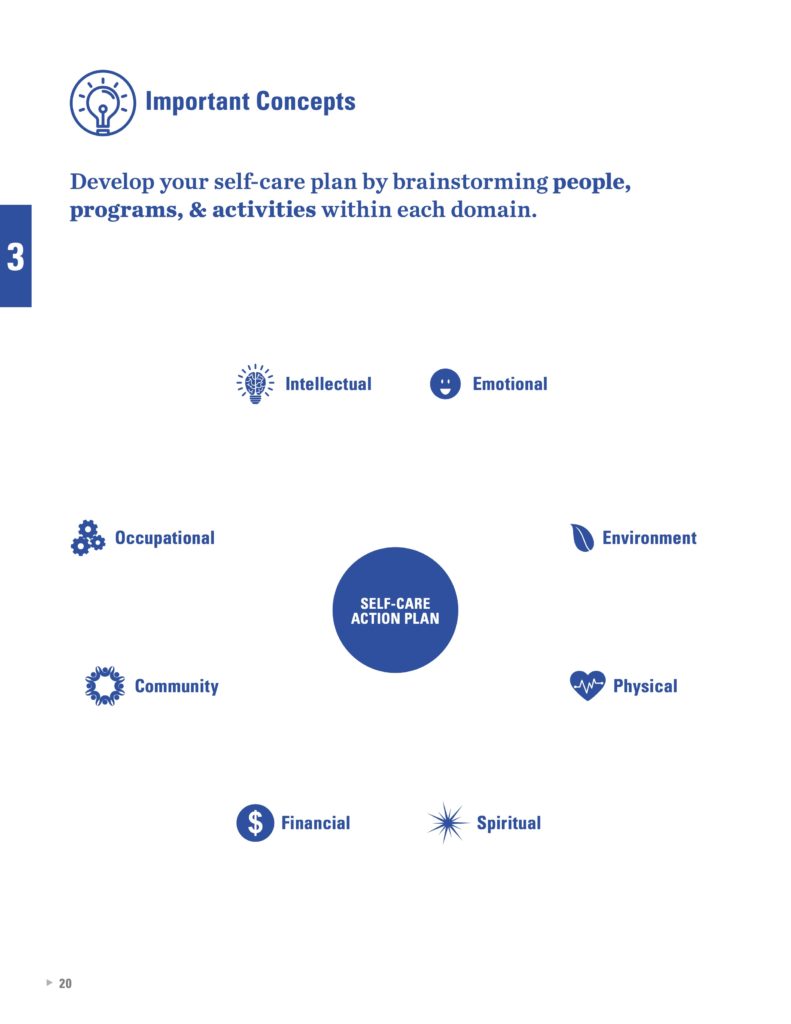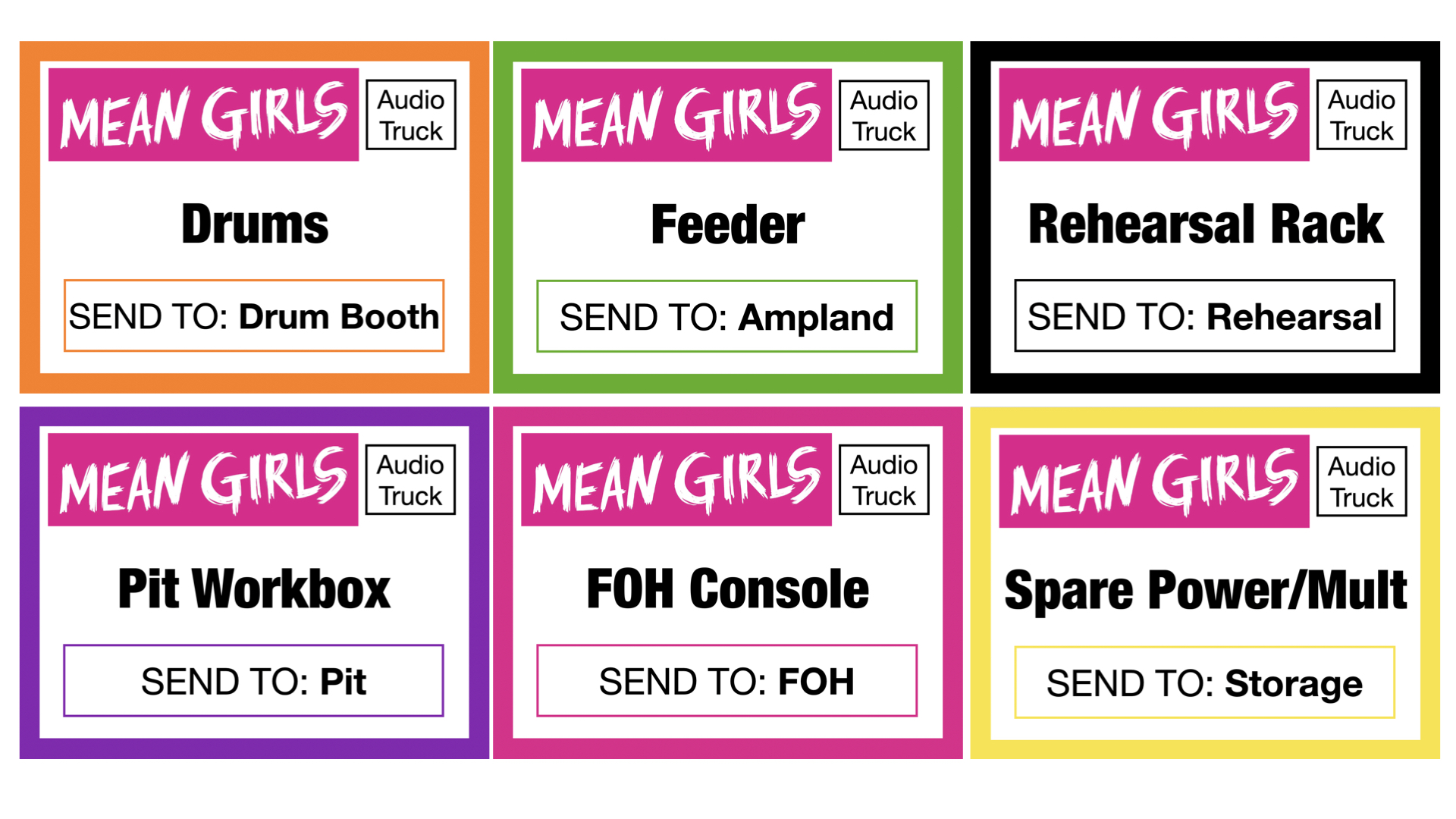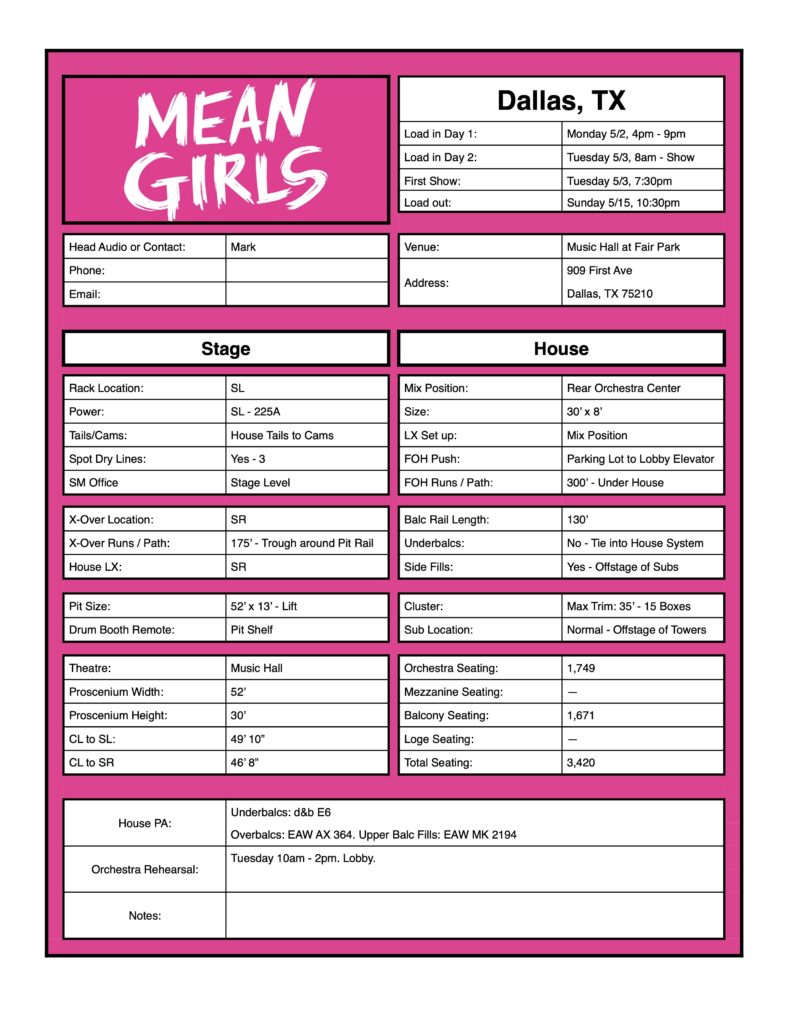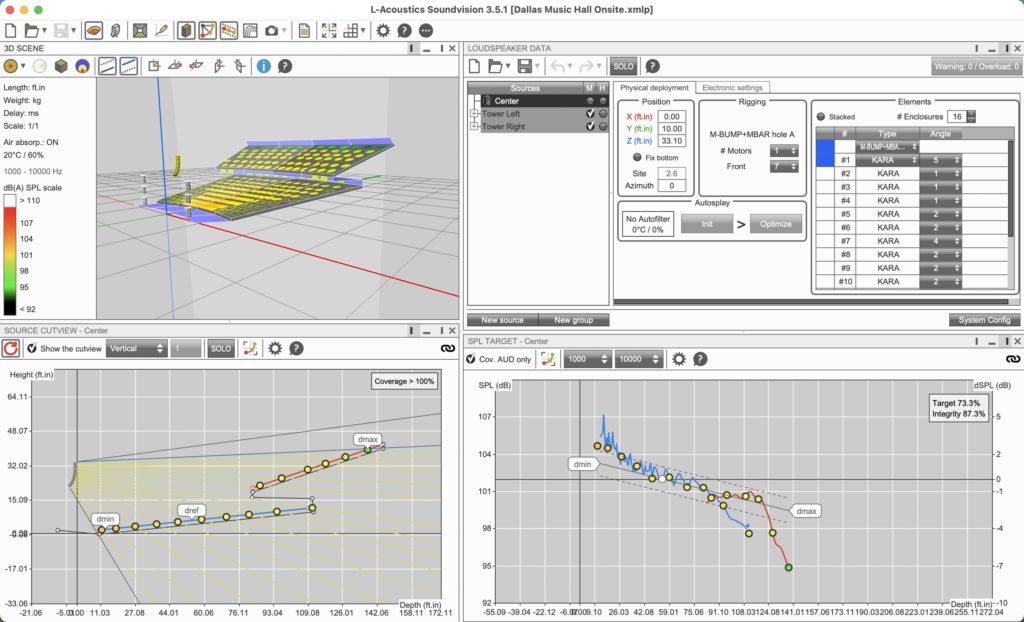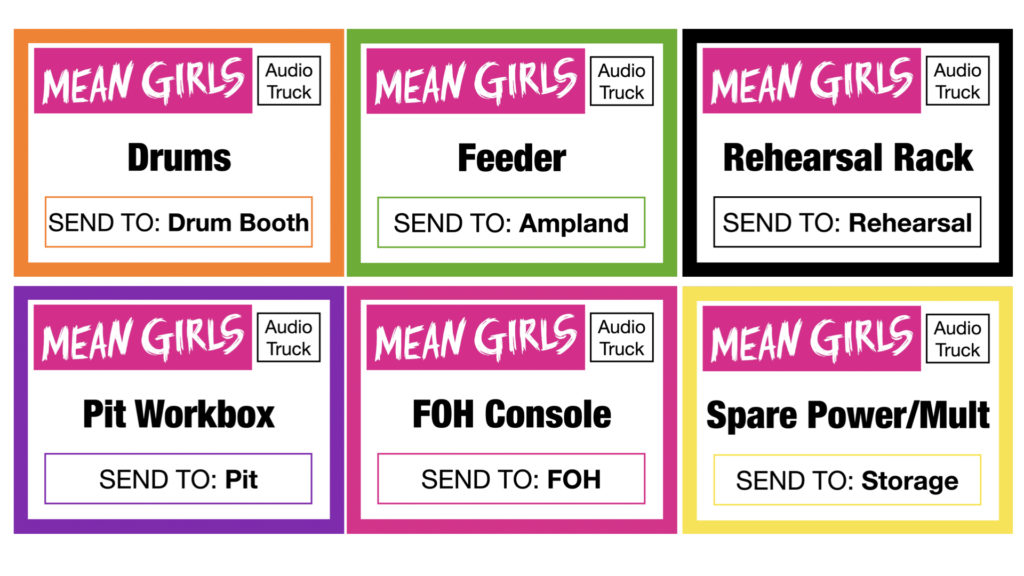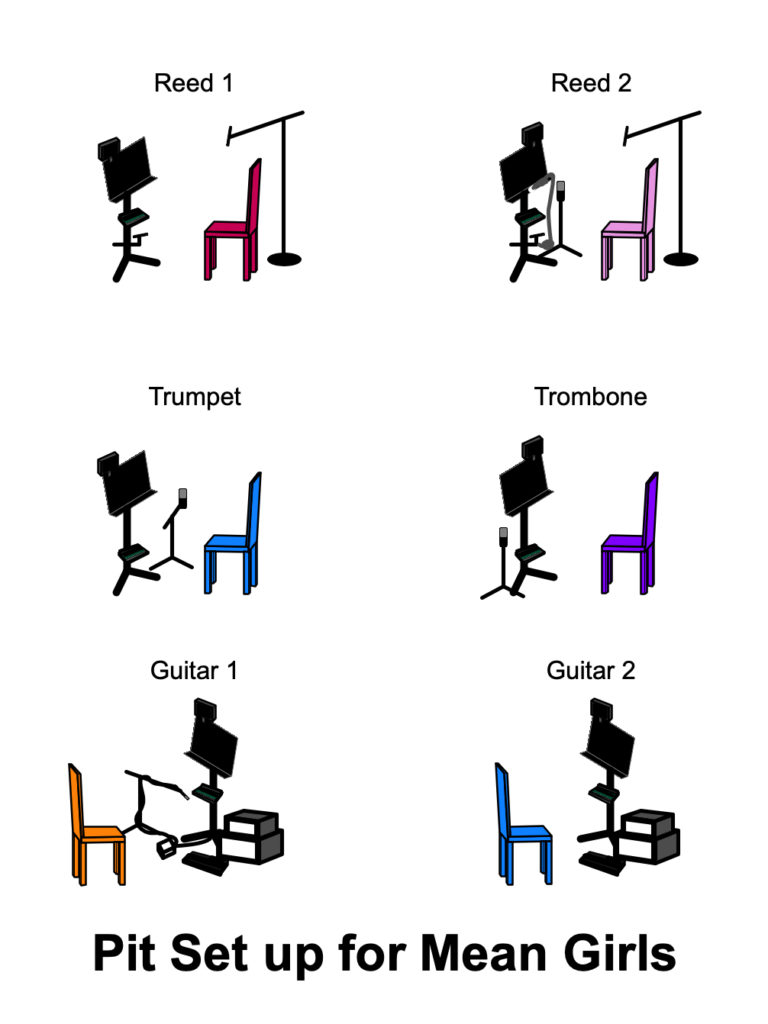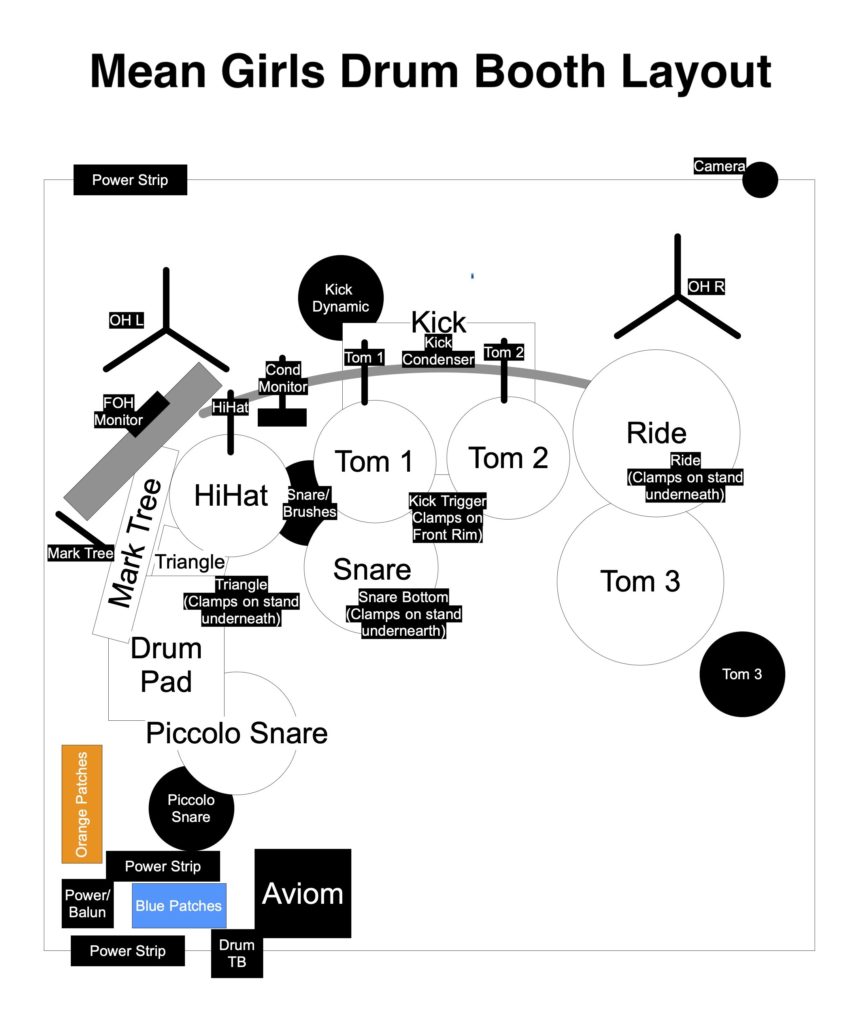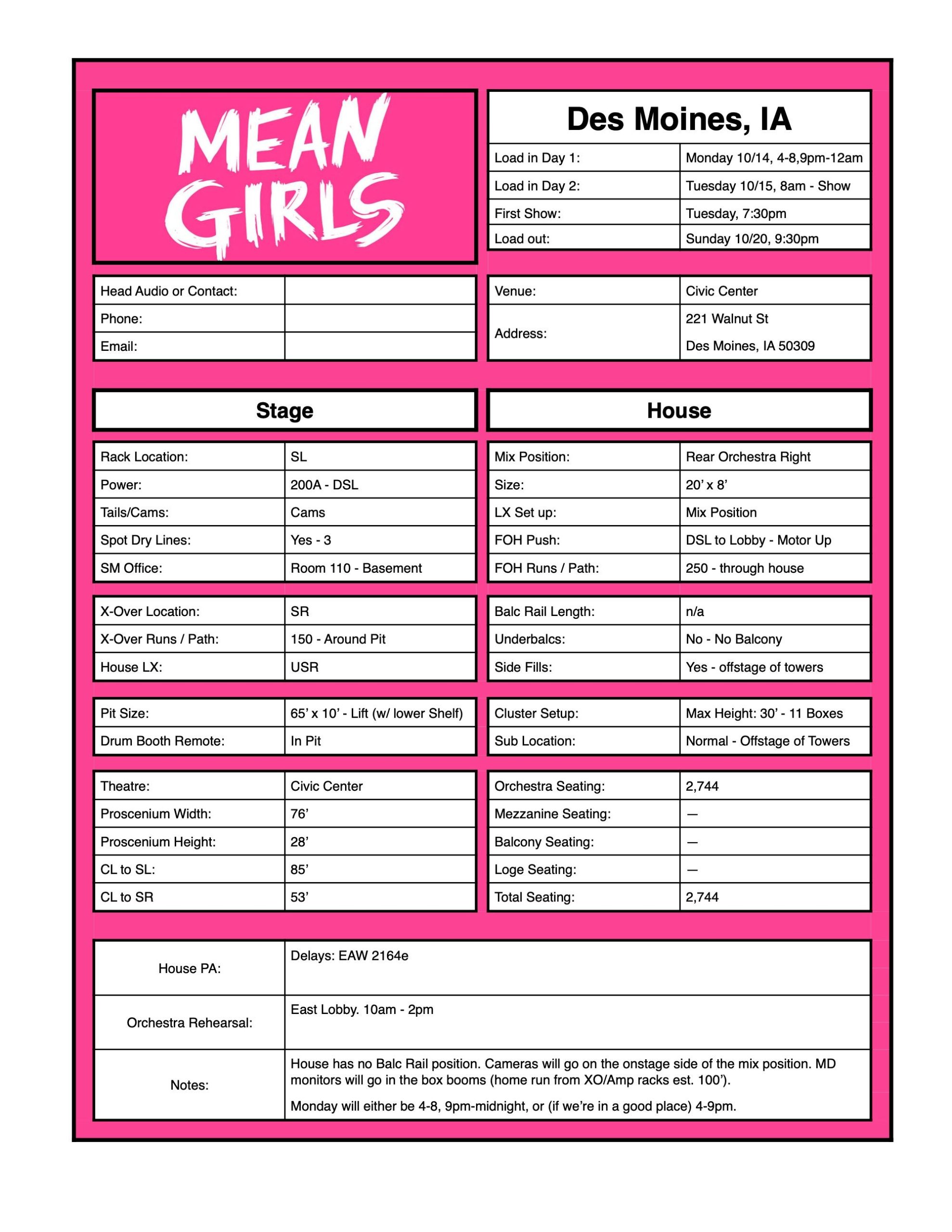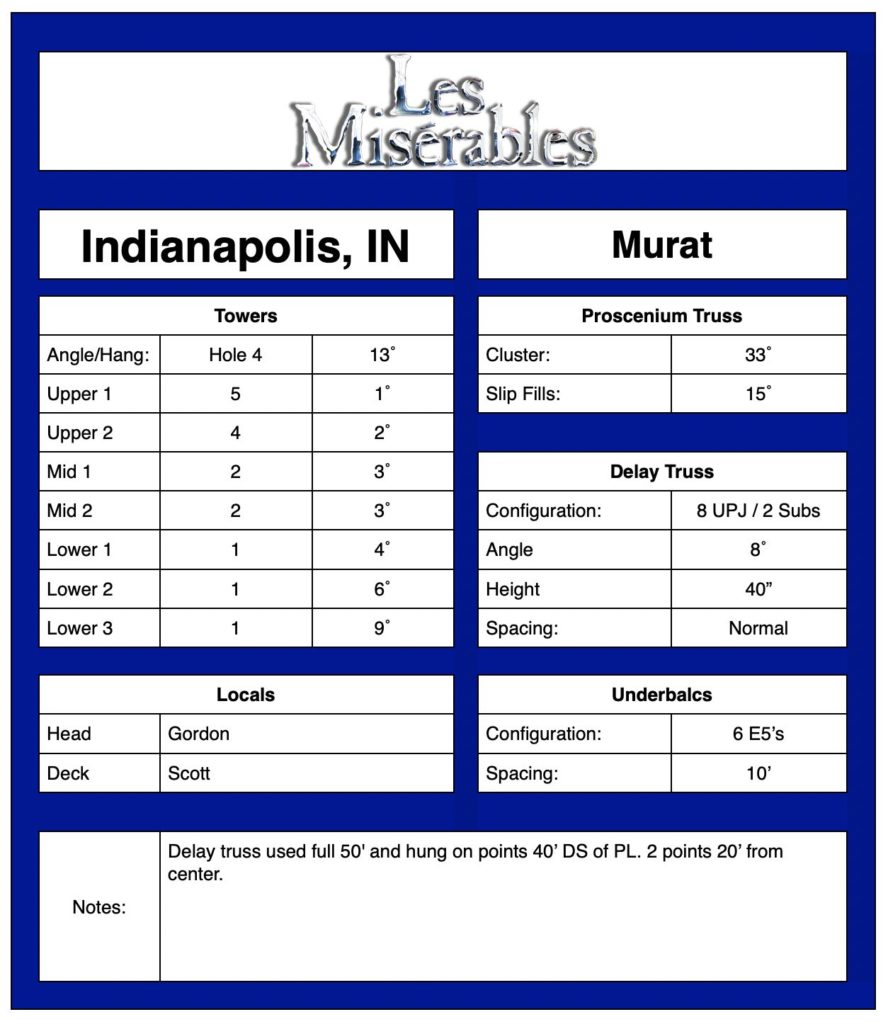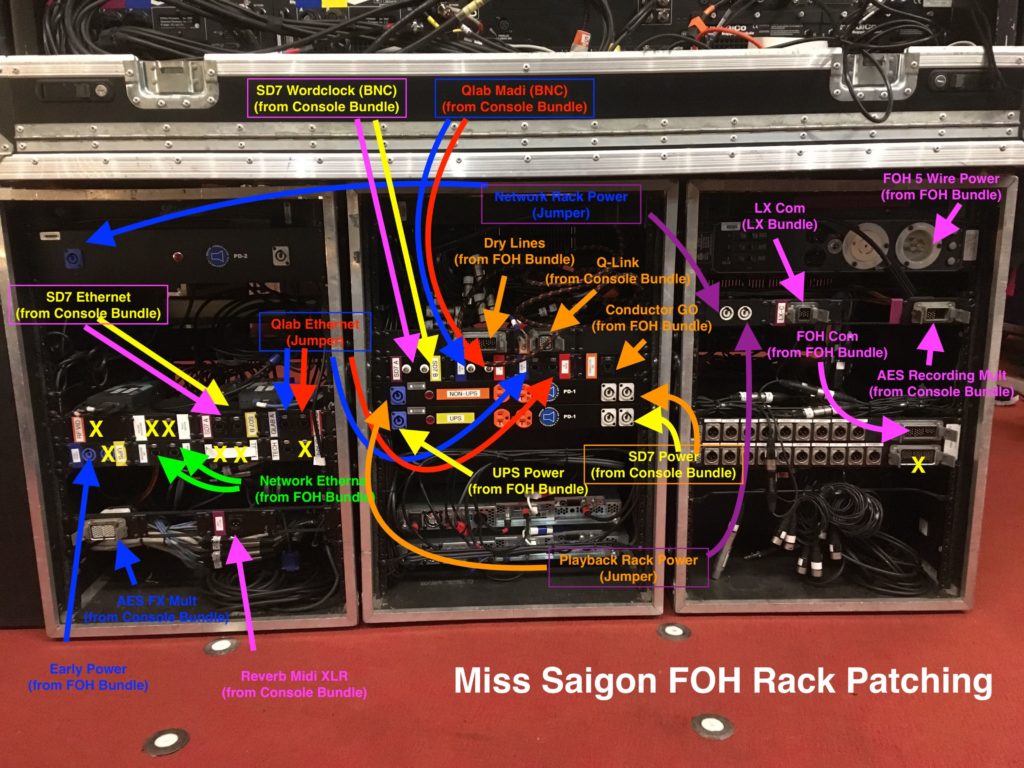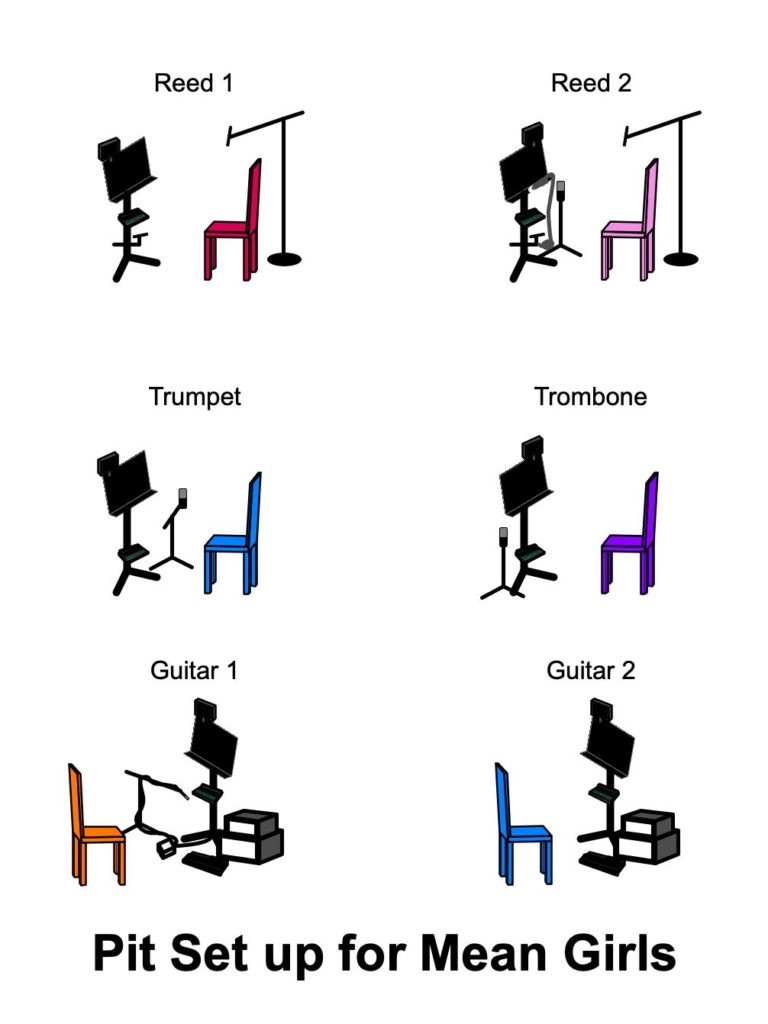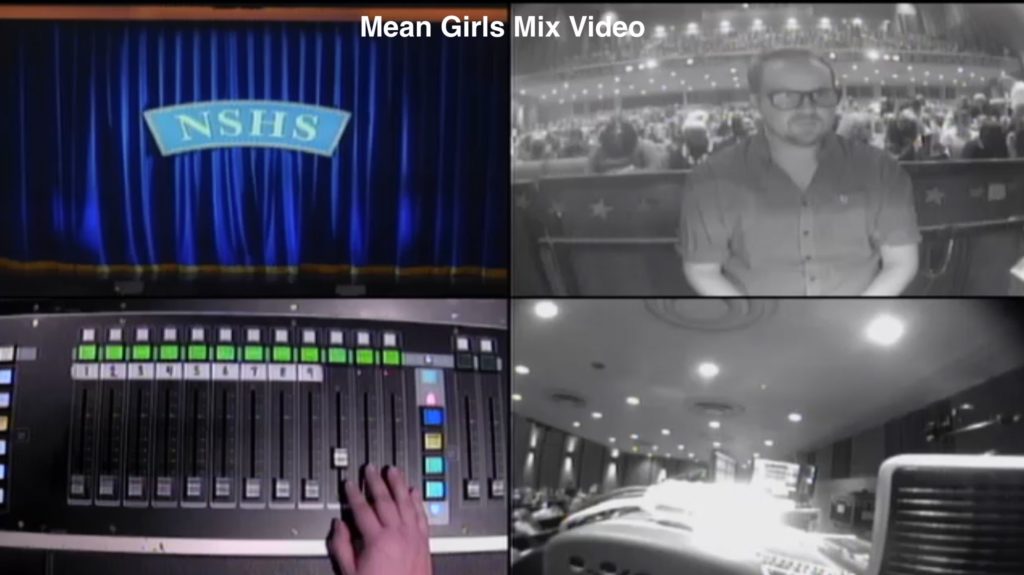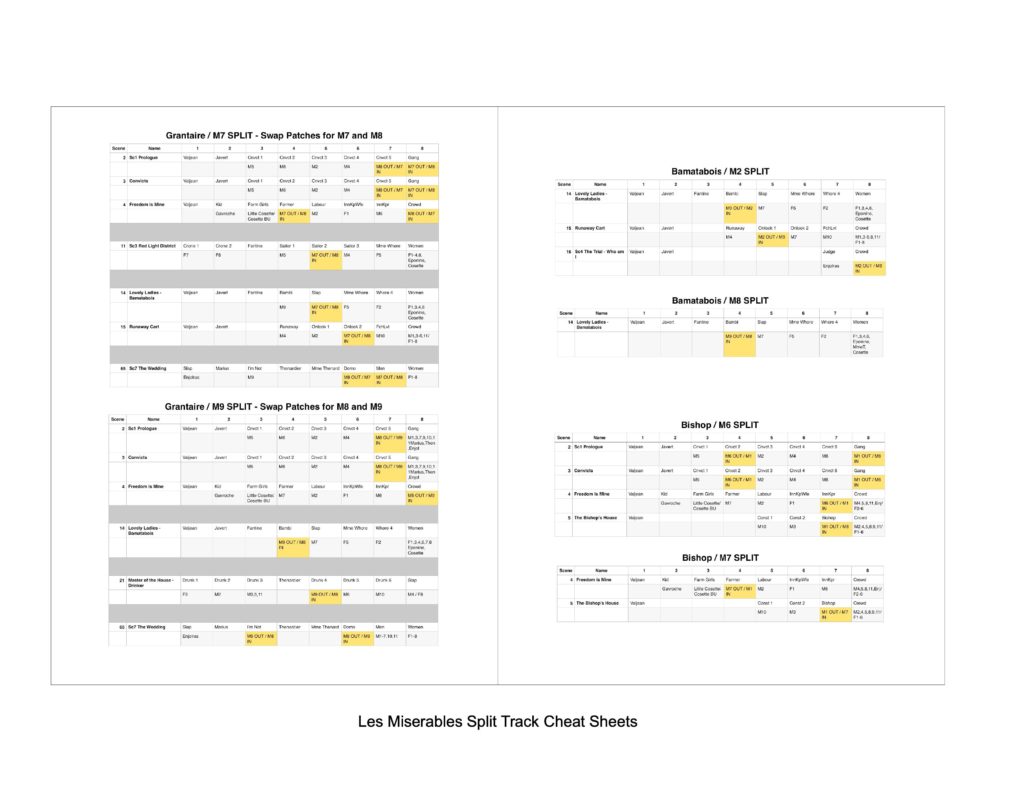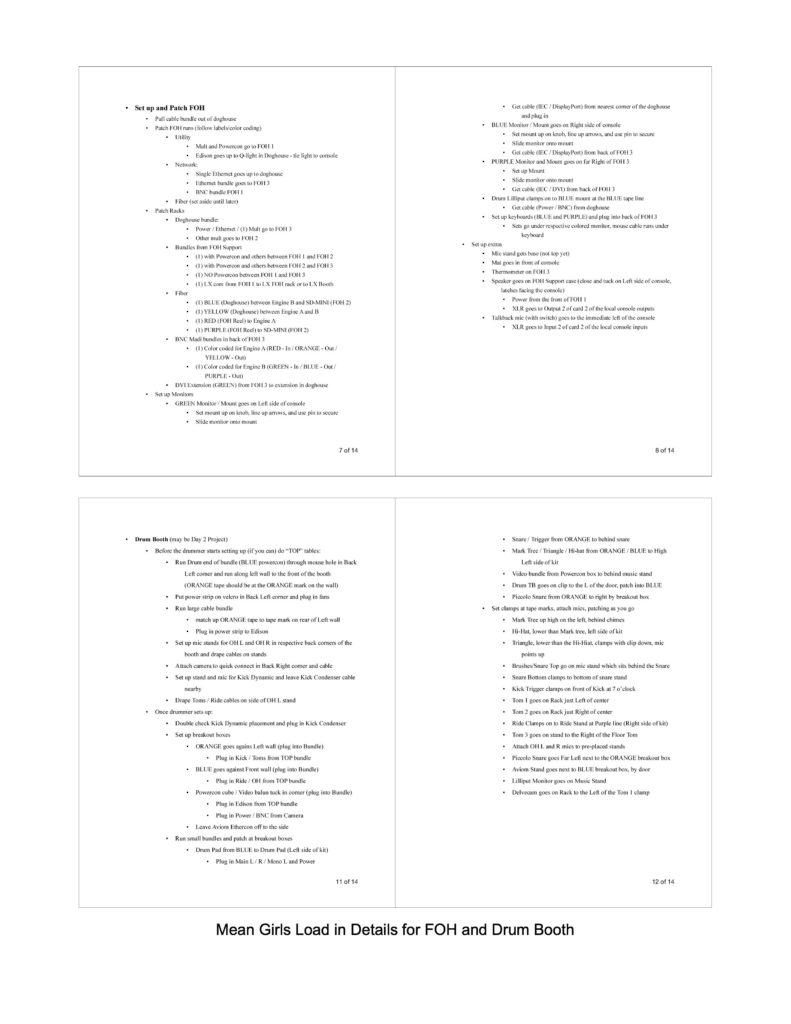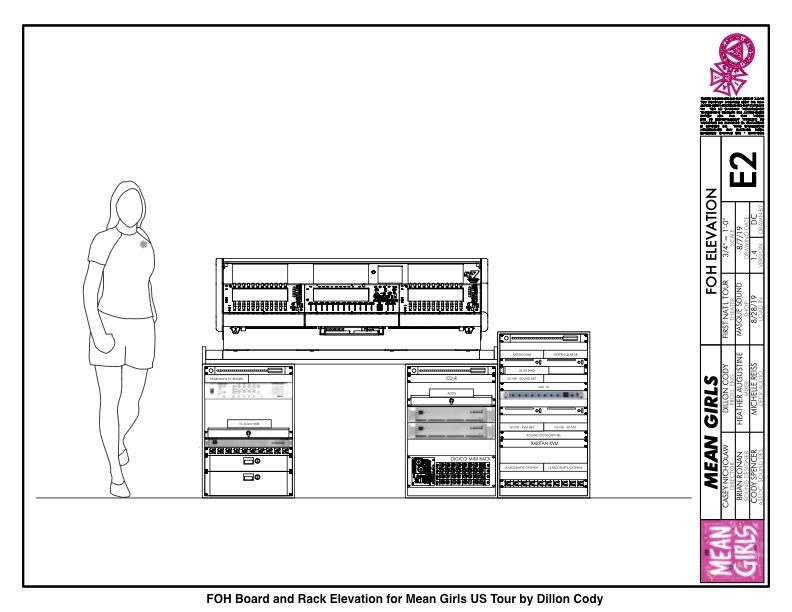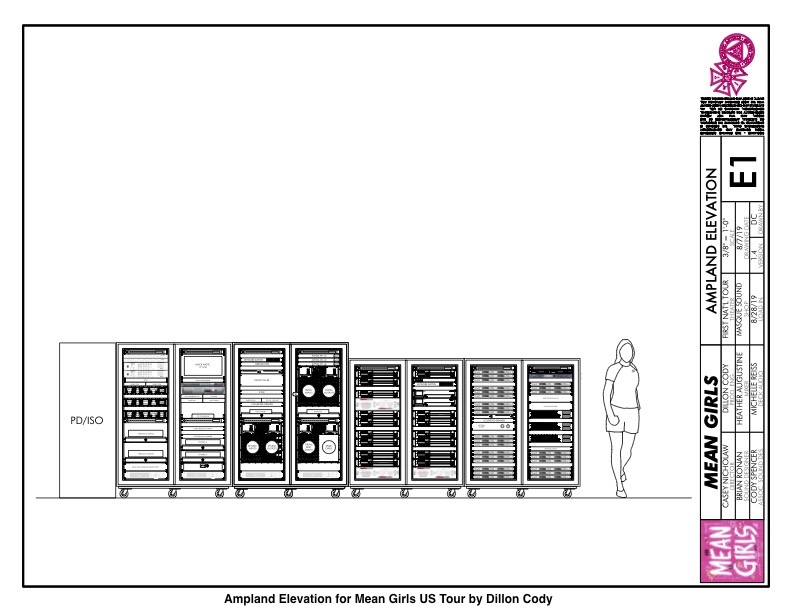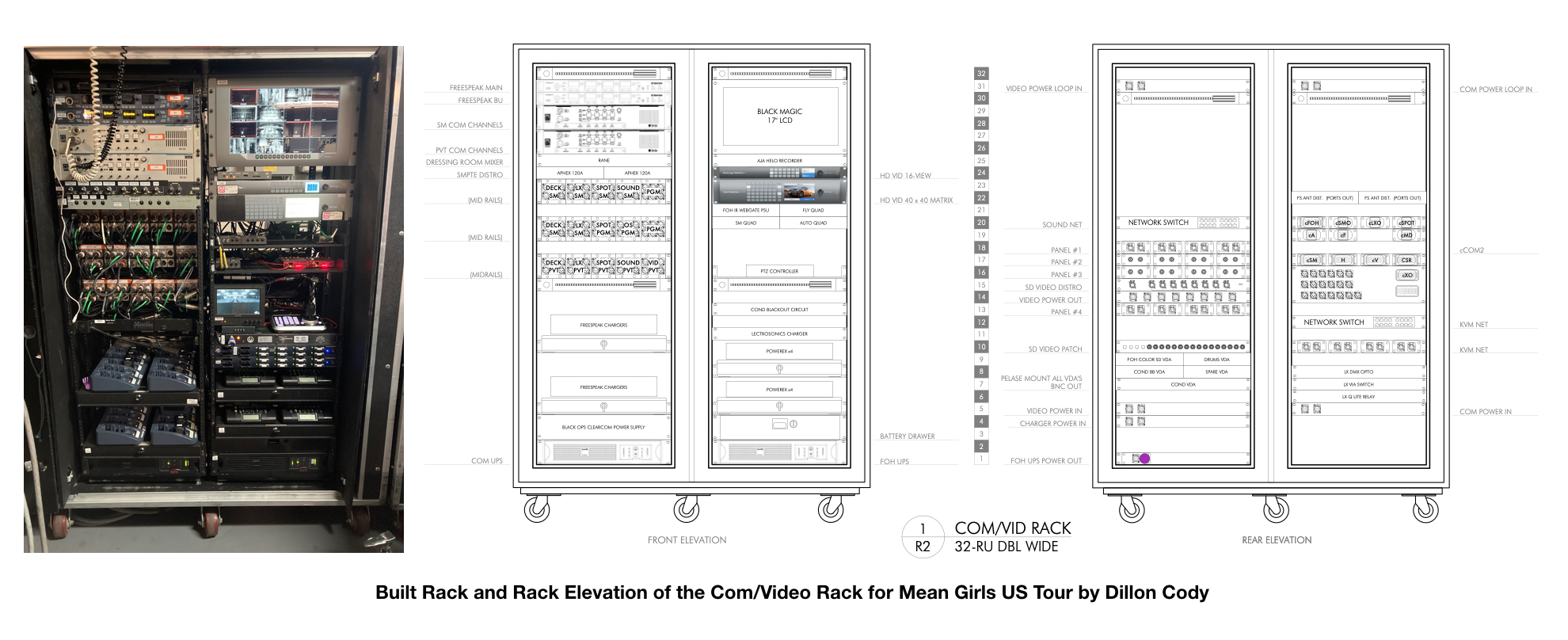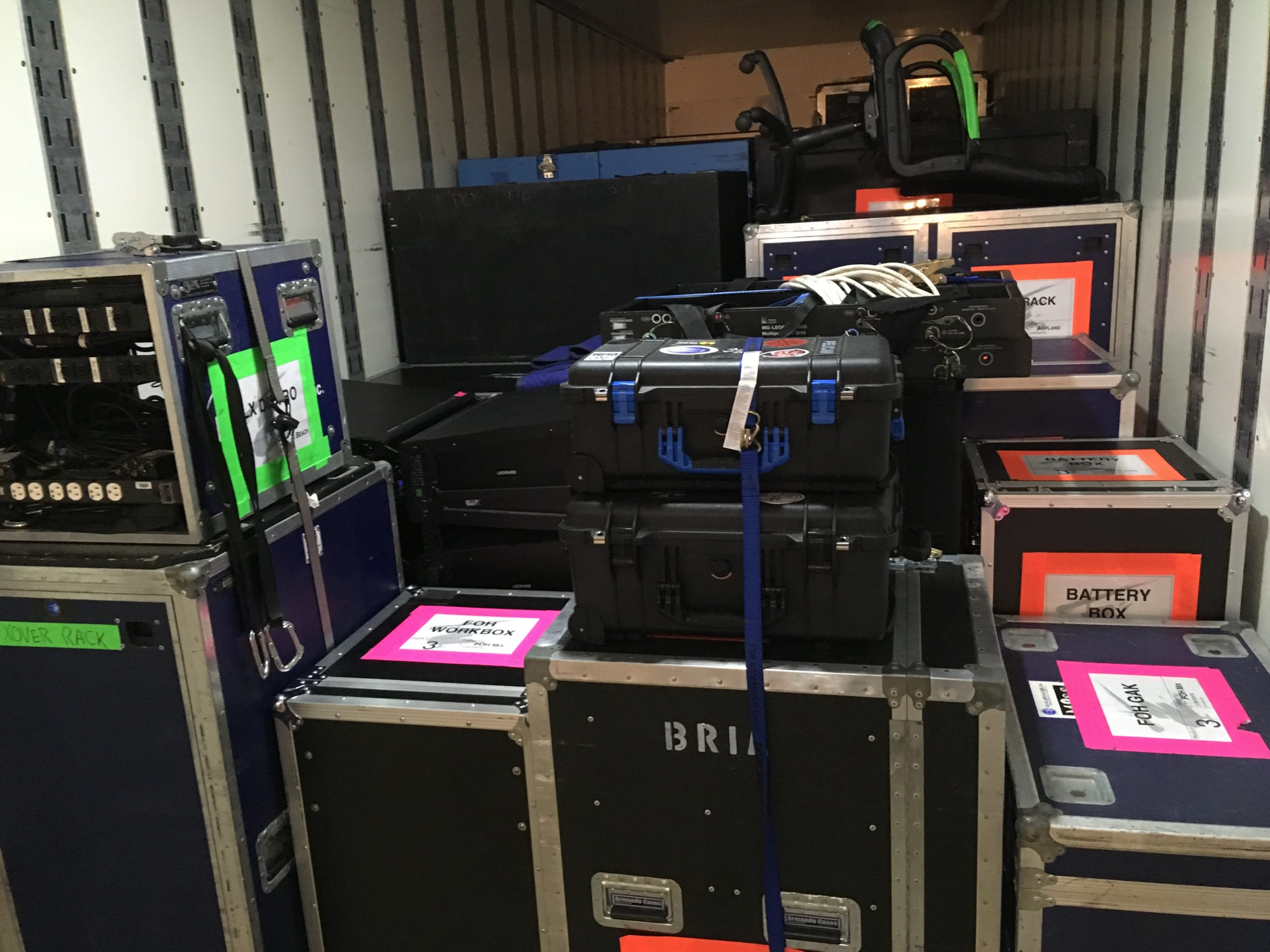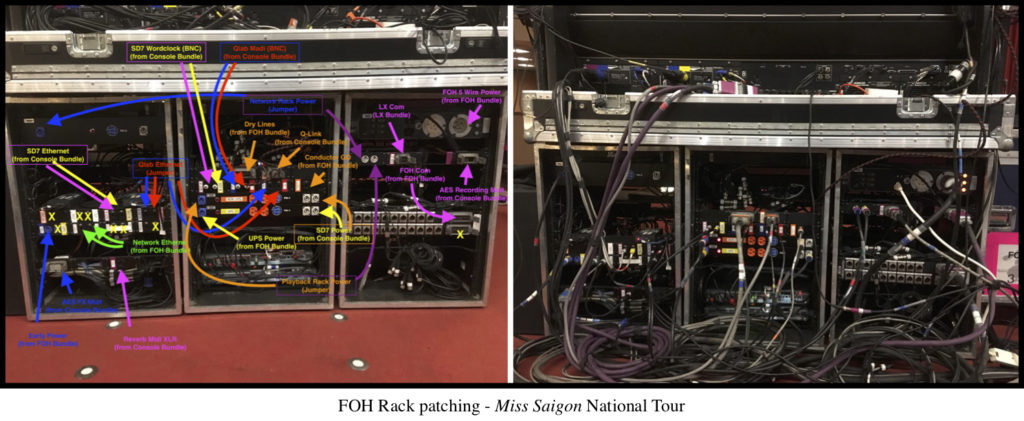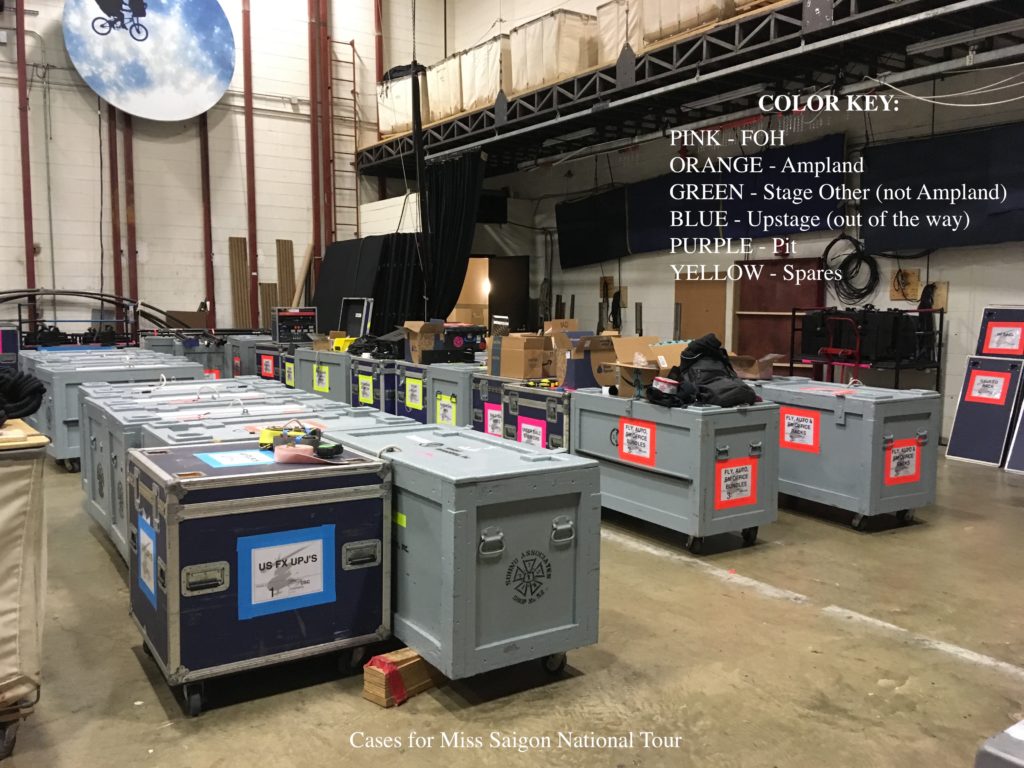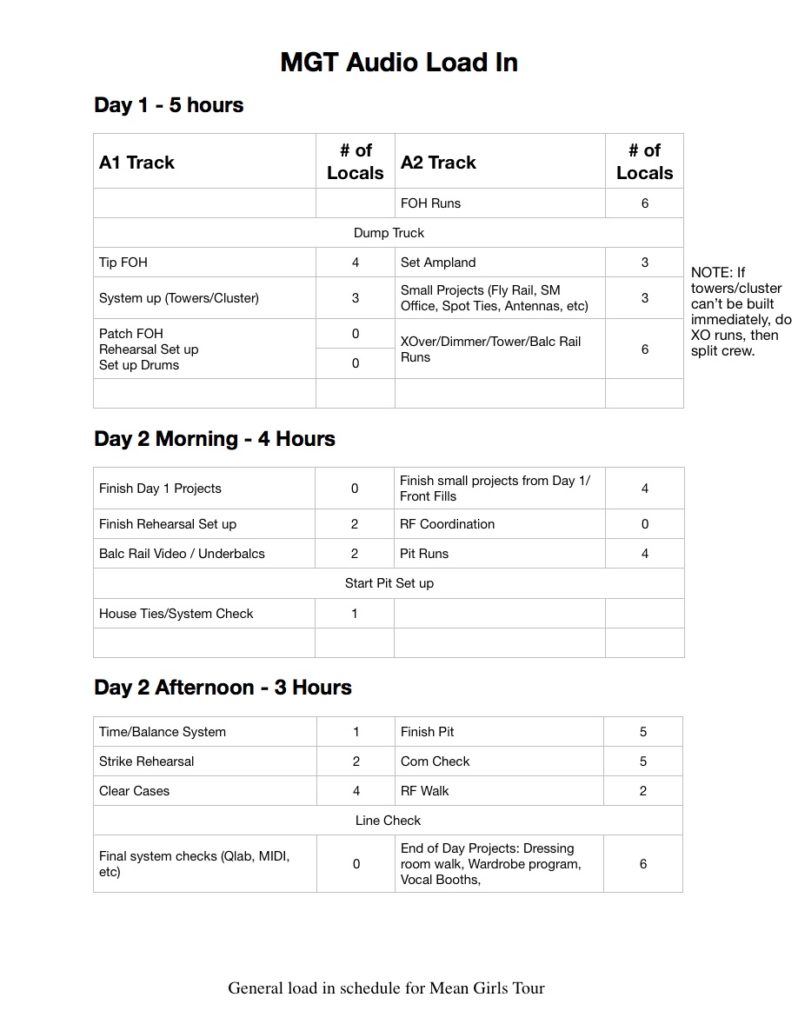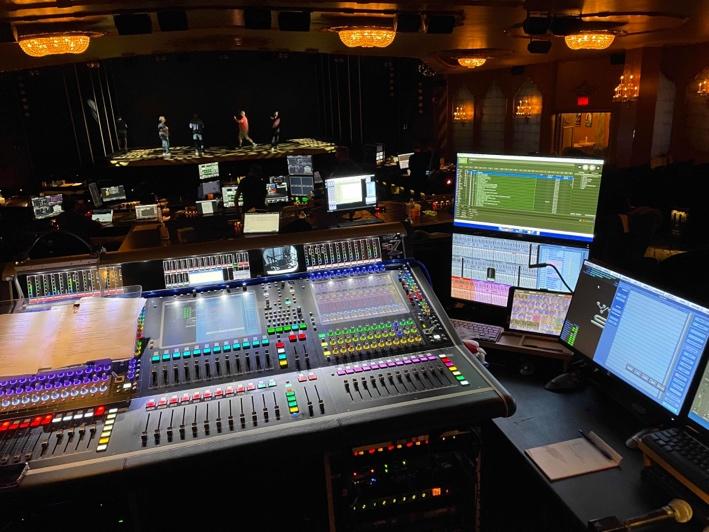
Returning to Work: Reopening Broadway Post-COVID
Broadway was dark for 18 months starting March 12, 2020. I was head sound on a musical when we shut down. When all the COVID closures were ramping up, I knew Broadway would close soon, but I didn’t know it would be that soon—nor did I think it would be for so long. Nobody did. And I did what pretty much everyone in our business did during the pandemic: Actively sought ways to not lose my freaking mind while wondering if I would have to answer the question of who I am without a gig. I stripped wallpaper and re-alphabetized my bookshelves and my spice cabinet. I shredded 20-year-old paperwork and vacuumed my attic. You know, the usual.
What, you didn’t vacuum your attic?
When the George Floyd killing happened, shows started having company Zoom meetings where we could talk about what was going on. People talked about concerns ranging from race relations to mental health to COVID protocols.
We talked a lot about treating our fellow humans as humans and understanding that we can’t make assumptions about anyone’s situation or how they’re doing. We discussed how it’s part of our job to consider the way we make our coworkers feel: Are we being considerate, or are we assuming that what everyone needs is just a dose of our personalities? Everyone assured everyone else that when we returned to work, it was going to be different.
And it was different…just not in all the ways I thought they meant.
Reopening protocols
The first day back in the theater to reopen my show in the fall of 2021 started with a debriefing by the house COVID officer. This was after we’d shown proof of vaccination, demonstrated proper N-95 masking, and got our names checked off against the pre-approved list at the stage door. The debrief was the usual stuff: Masks are required and there were extras if we needed them, wash your hands a lot, social distance wherever possible.
We began the very surreal process of seeing what state our show was in after 18 months dormant. My biggest surprise was the lack of rodent activity around the console. Turns out, without audiences dropping their candy and snacks between the seats, mice seek more fertile pastures. Who knew?
Taking personal responsibility
Moment of honesty here: I drink a lot of water. I’m kind of a jerk about it, constantly asking people how their water intake is because hydration is legit one of the best things you can do for your health. When I’d drained my 32-oz bottle this first morning, I went to go fill it up like normal. But the water coolers were pulled out and disconnected. The unexpected long period of disuse made them mildew and new ones hadn’t arrived yet. No big deal.
At the coffee break I went out and bought a couple of giant bottles because I advocate personal responsibility (I’m impatient, and it’s faster).
When we broke for lunch, I dumped my tools and stopped in the women’s restroom. I started washing my hands and then realized there was no soap. Like, zero. And no paper towels.
For a little context, I’m often the only woman on a crew. Most load-ins I do, there’s no toilet paper in the ladies’ room. The housekeeping staff doesn’t start working until the actors move into the theater. Guy stagehands end up stealing the paper out of the ladies’ room because they run out (housekeeping isn’t there to replace their TP, either) and hey, there aren’t very many women, anyway. While it pisses me off, I would absolutely do the same thing were the tables turned and I’m used to carrying my own Starbucks napkins into the john because, again, it’s a faster solution.
But I’ve never used a theater bathroom without any soap in it.
What a COVID safety officer does and doesn’t do
I left the restroom, hands dripping, fully cognizant of the fact that I’d just used my wet, unwashed hands to open the door in a major breach of COVID (and decent humanity) protocols, and wandered around looking for hand sanitizer closer than FOH. Then I remembered the COVID officer. We had someone on site helping us with whatever we needed that was COVID-related.
I found him and said, through my properly fitted N-95 mask, “Hey, the ladies’ room doesn’t have any soap or paper towels. I figured I’m supposed to tell you.”
And he replied, “Yeah, the housekeeping staff doesn’t come in until the actors are in the building.”
I waited for the part where he said he’d take care of it, being the COVID officer and all, but that didn’t happen.
Acknowledging reality
I have 25 years of experience in the business at this point. I’m no stranger to gender discrimination or crew being treated as less than. But not providing soap during a pandemic after having a freaking meeting before we’re allowed to work about how we need to wash our hands? I was blown away.
And I was surprised by how bent I got.
What this said to me was that the crew didn’t matter, and especially not me. Hard to not take personally the lack of soap in the ladies’ room as the only worker on-site impacted by it. And yes, I’m aware that I’m allowed to use whichever bathroom I choose. Rest assured that as the only woman on the crew, I was doing exactly that.
I was angry with myself for being bothered in the first place and not just happening to have hand soap on me. I was angry for believing the industry meant the crew when it spoke of treating people more equally. And then I was angry at the COVID officer because it seemed to me that if this was his job, he should’ve had some hand soap in his kit.
Advocating for change starts with personal responsibility
Straight up: I’ve been less than graceful about Soapgate. The feelings that come up now when I tell the story prove to me that I haven’t yet let go of the resentment. I’ve mulled and percolated. I knew at the time this was more about soap and water, and I wanted to sift through what it was.
In the meantime, until the actors came into the building, I carried hand sanitizer into the restroom along with my Starbucks napkins and brought three liters of water with me every morning. You might think I would have simply placed a bottle of hand soap in the restroom, but after having not worked for 18 months, that level of forward planning and organization was beyond me.
Besides, had I done that and someone swiped it, I probably would’ve become entirely unhinged.
If we’re going to make changes in this industry—changes toward prioritizing well-being, changes toward gender and racial equality, and changes toward the crew being treated as the true partners that they are in every production—we’ve got to start with personal responsibility. Without that, we’re embracing victimhood, not advocacy.
What personal responsibility means
I start by evaluating what about the situation is within my control. I take the action that I can. And then I usually have a conversation with someone. That brings more information and helps inform my next actions.
Sometimes taking personal responsibility is leaving an unsafe job site, as we saw last year with the Blue Ridge Rock Festival. Sometimes it’s making those decisions on behalf of the crew you supervise. It may be having a difficult conversation with someone above you to get clarity about responsibilities and expectations. It’s always taking a moment for yourself to first acknowledge what you need inside your own head. And sometimes it’s stocking up on hand sanitizer, napkins, and water while you allow yourself to process—and possibly imagine petty, vindictive, and highly entertaining revenge scenarios in your head.
How are you taking personal responsibility for your well-being?
 Julie M. Sloan has served as A1 on Broadway’s Tina: The Tina Turner Musical, SpongeBob Squarepants, Charlie and the Chocolate Factory, On Your Feet, Jesus Christ Superstar (2012 revival), Guys and Dolls (2009 revival), and Jersey Boys from its inception at La Jolla Playhouse in 2004, as well as the tours of Hairspray (First National) and Jesus Christ Superstar. She was A2 on Broadway’s Ain’t Too Proud and the tours of Aida (First National) and Annie Get Your Gun (2000 Revival First National).
Julie M. Sloan has served as A1 on Broadway’s Tina: The Tina Turner Musical, SpongeBob Squarepants, Charlie and the Chocolate Factory, On Your Feet, Jesus Christ Superstar (2012 revival), Guys and Dolls (2009 revival), and Jersey Boys from its inception at La Jolla Playhouse in 2004, as well as the tours of Hairspray (First National) and Jesus Christ Superstar. She was A2 on Broadway’s Ain’t Too Proud and the tours of Aida (First National) and Annie Get Your Gun (2000 Revival First National).
She holds a degree in Audio Technology from the Indiana University School of Music and has mixed everything from a tree planting ceremony with the Dalai Llama to monitors for GWAR.
She left full-time industry commitments to pursue writing and health coaching in November 2021. Currently a sub mixer on Broadway for both SIX and Hamilton, she is in the editing stages of her first book, Lights, Camera, Breakdown: Raising the Curtain on Workplace Well-Being.
